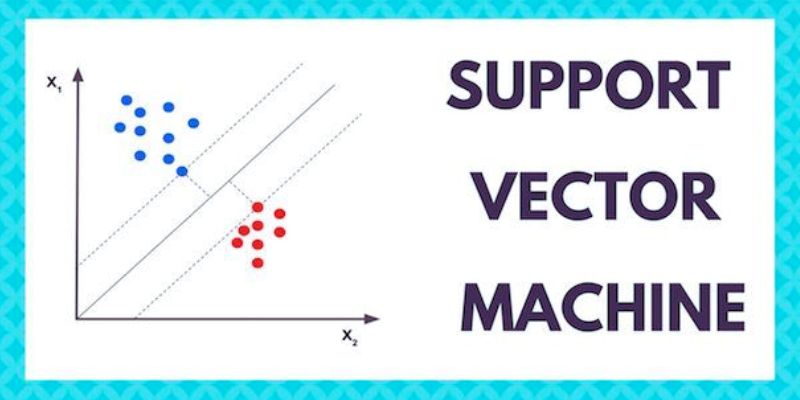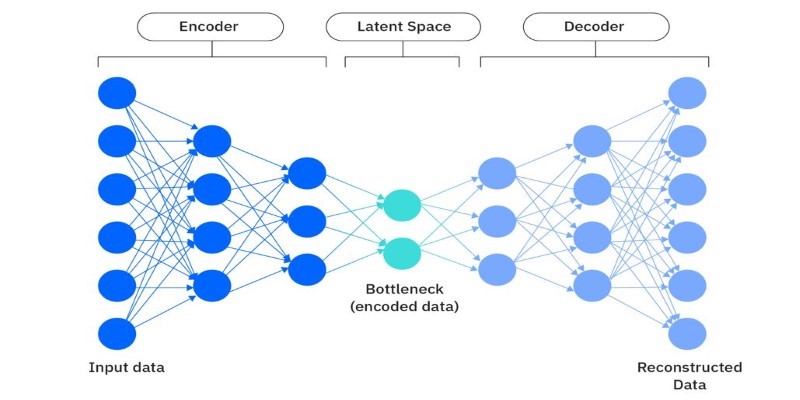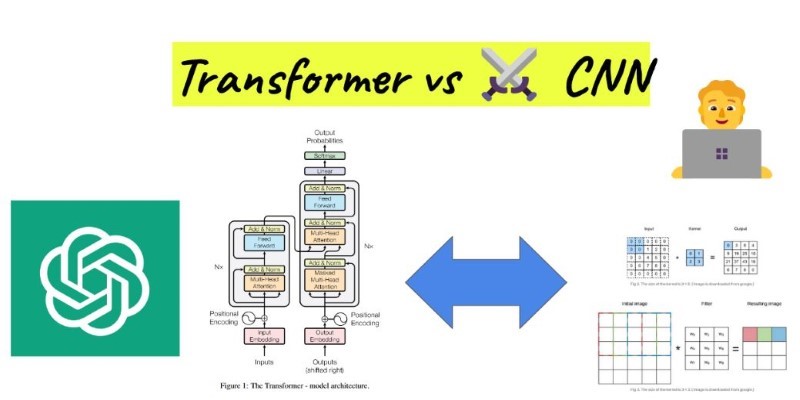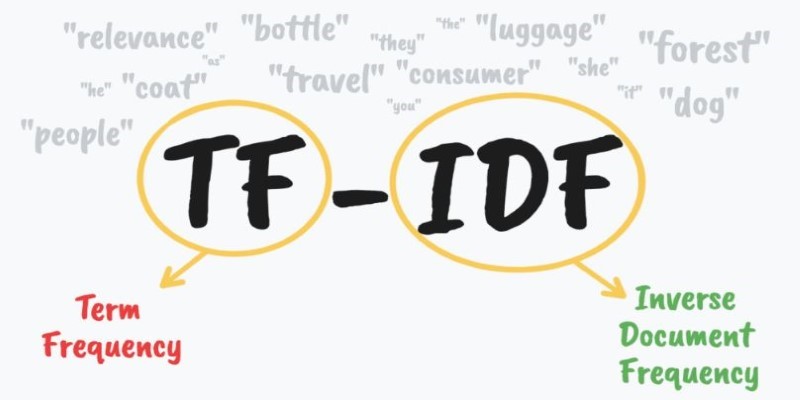A Support Vector Machine (SVM) is a popular machine-learning algorithm used to solve problems. It works by learning from labeled data and finding the best boundary. This process then separates data into different groups or classes. SVM is especially useful when dealing with complex data, but it also works well with simple methods or data.
SVM smartly transforms the data to make it easier to separate. Support Vector Machines are used in many fields, such as healthcare, image and speech recognition, and many more. In this article, we will discuss the basics of SVMs. You will understand how it works and the different types and share simple real-world examples. So, don’t stop here; keep reading!

What is a Support Vector Machine (SVM), and How Does it Work?
A Support Vector Machine (SVM) is a simple and powerful machine learning tool used to classify data and make predictions. It plays an important role in sorting data into categories, predicting values, or detecting unusual data. It works by learning from labeled examples and finding the best way to separate different types of data. Let's say we have red and black points on an x-y graph.
SVM finds a line, called a hyperplane, that separates these points into two groups, red on one side and black on the other. This line is placed in a way that leaves the widest possible gap between the two nearest points from each group. It works well when the data is clearly divided by a straight line. But when the data is more complex and mixed up, a straight line won't work. In such cases, SVM adds another dimension (like z = x² + y²) to create a 3D space. It helps to separate the data more easily using a flat surface in that space. This process of moving data into higher dimensions is called kernelling. It helps SVM find a clear boundary even for complex data.
Types of Support Vector Machines
Support Vector Machines (SVMs) come in different types, each designed to solve specific problems. Let's discuss common types of support vector machines:
- Linear SVM: This is the most basic type of SVM. It draws a straight line to separate data into different categories. It works best when the data is clearly divided and can be separated with a straight line. Linear SVMs are fast, easy to understand, and great when the data is not too complex.
- Nonlinear SVM: Sometimes, data is not too simple. In such cases, we use a nonlinear SVM. It uses special math tricks called kernel functions to transform the data into a higher-dimensional space. Where it can be separated using a straight line. Popular kernels are polynomial, radial basis function, and sigmoid. This type of SVM is better for complex data and often gives more accurate results.
- Support Vector Regression (SVR): Most SVMs are used for classification, but SVR is used for regression. It predicts continuous values, like house prices or temperatures. Instead of drawing a line between classes, it tries to fit the best possible curve or line that predicts output values.
- One-Class SVM: This version is useful when you only have data for one group and want to detect anything that looks very different. For example, in fraud detection, it learns what normal transactions look like and then flags anything unusual. It is good for outlier or anomaly detection when the dataset is unbalanced.
- Multiclass SVM: SVMs are naturally designed to classify between two groups. However, they can be adjusted to handle more than two classes using strategies like One-vs-One or One-vs-All. OvO compares each pair of classes, and OvA compares one class against all others. These methods help SVMs handle tasks like digit recognition or sorting emails into multiple folders.

Examples of Support Vector Machine
Support Vector Machines (SVMs) are powerful tools for sorting and analyzing data. Let's examine some easy-to-understand examples of SVMs.
- Studying Earth's Layers: Scientists use SVMs to understand the layers inside the Earth. They do this by analyzing signals collected from the ground and using SVMs to separate them based on patterns.
- Predicting Soil Liquefaction in Earthquakes: During earthquakes, the ground can act like a liquid. SVMs help engineers predict when and where this can happen by analyzing soil test results.
- Finding Similar Proteins: In biology, scientists use SVMs to find similarities between proteins, even when they look very different. It helps understand their structure and function, which is useful in medicine and research.
- Sorting and Classifying Data: Smooth SVMs classify large and complex data sets. They use advanced techniques to deal with messy data and find patterns.
- Face and Emotion Detection: SVMs are used in technology that detects faces and even understands facial expressions like happy, sad, or angry. They study small pixel details in images to identify whether a face is present and what expression it shows.
- Surface Texture Recognition: Images of surfaces are analyzed using SVMs to determine whether they are smooth, rough, or gritty. It is helpful in quality control or manufacturing.
- Text and Handwriting Classification: SVMs can sort written text into categories like politics, sports, or spam. They also help recognize different handwriting styles, even telling the difference between human and computer writing.
- Speech Recognition: SVMs help computers understand spoken words. They break down speech into sounds and patterns. It helps with voice commands and language learning tools.
- Detecting Hidden Data in Images: SVMs can find out if an image has been altered or contains hidden messages, which is important for digital security.
- Cancer Detection: SVMs study medical images to detect early signs of cancer. They help doctors identify whether a tumor is harmful or safe.
Conclusion:
Support Vector Machines are powerful tools in machine learning that help solve problems. It is related to the classification, prediction, and detection of unusual data. They work by finding the best way to separate data into different categories, even when the data is complex. SVMs have different types, such as linear, nonlinear, and one-class SVMs. They can be applied in many real-life situations, like face recognition, medical diagnosis, text classification, and more. SVMs are reliable, accurate, and widely used across different fields. It is an important part of modern machine learning techniques.











